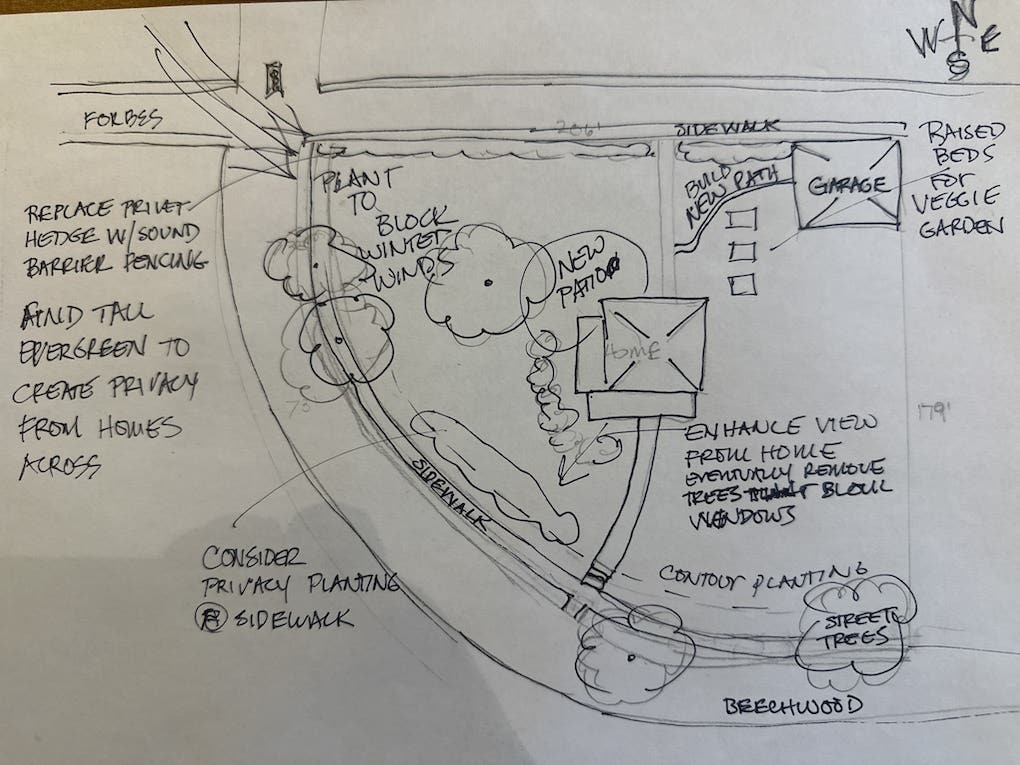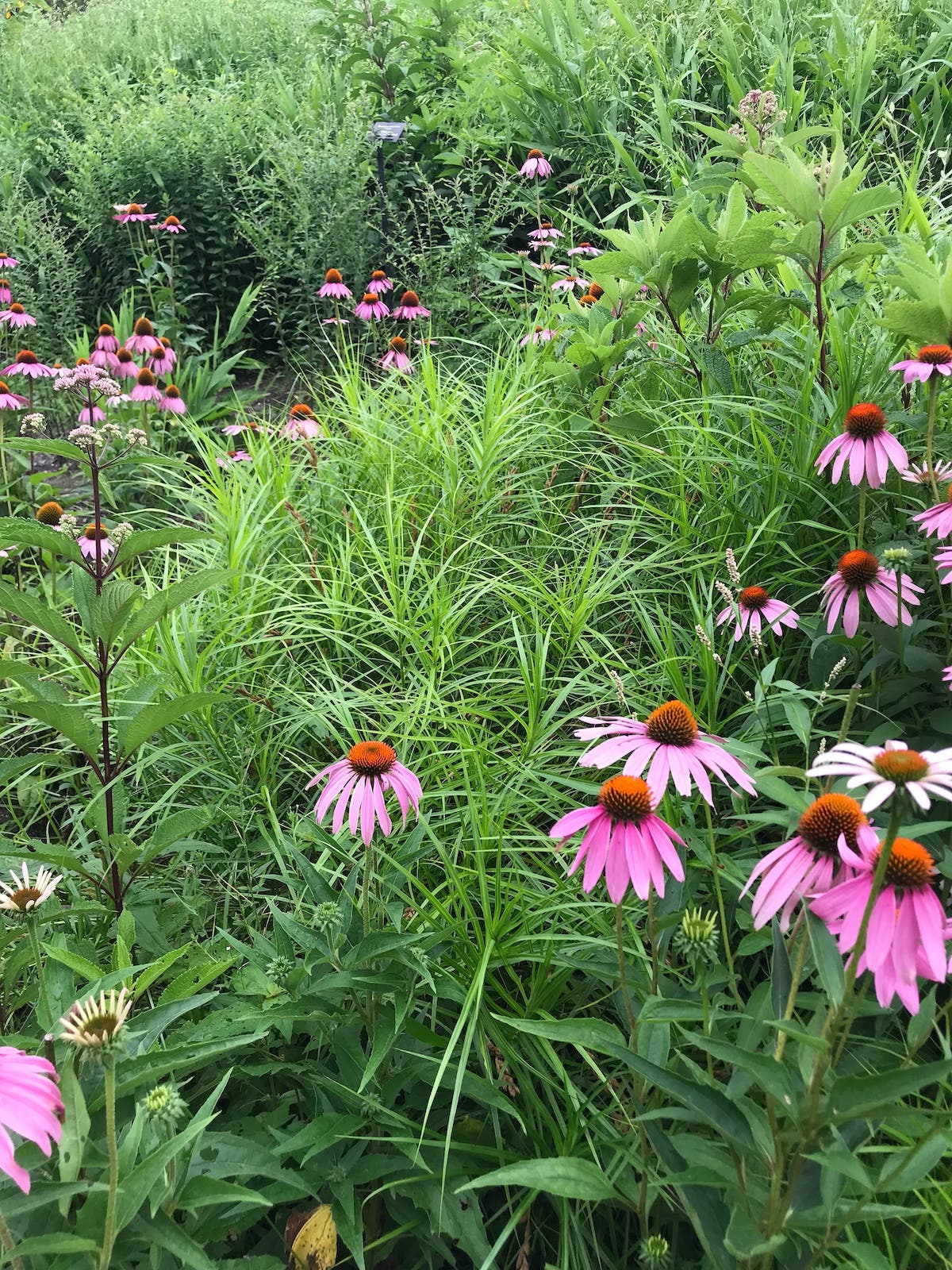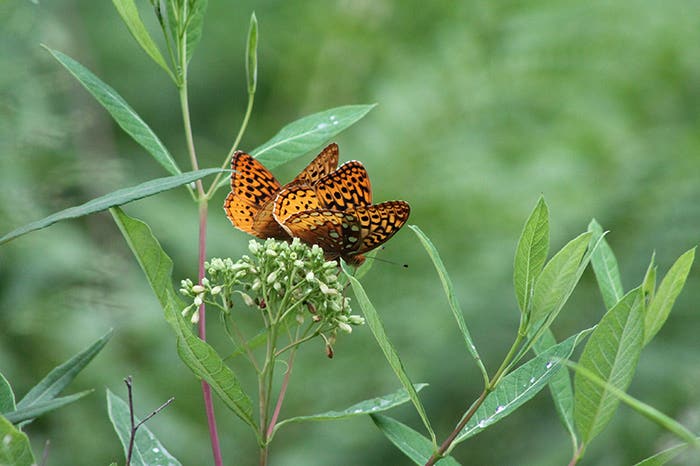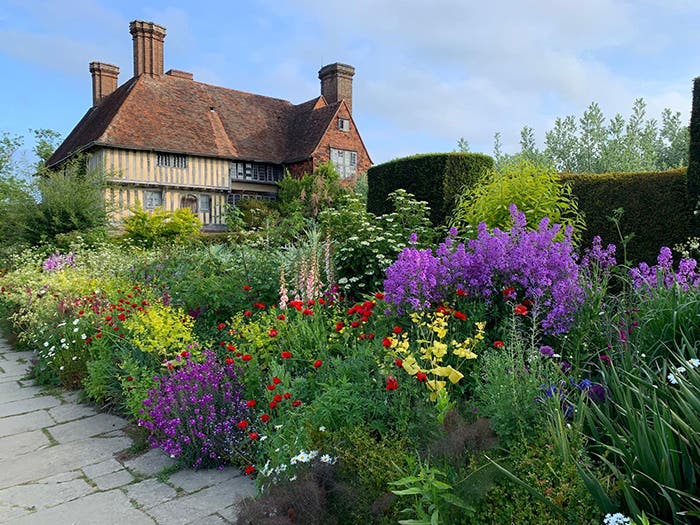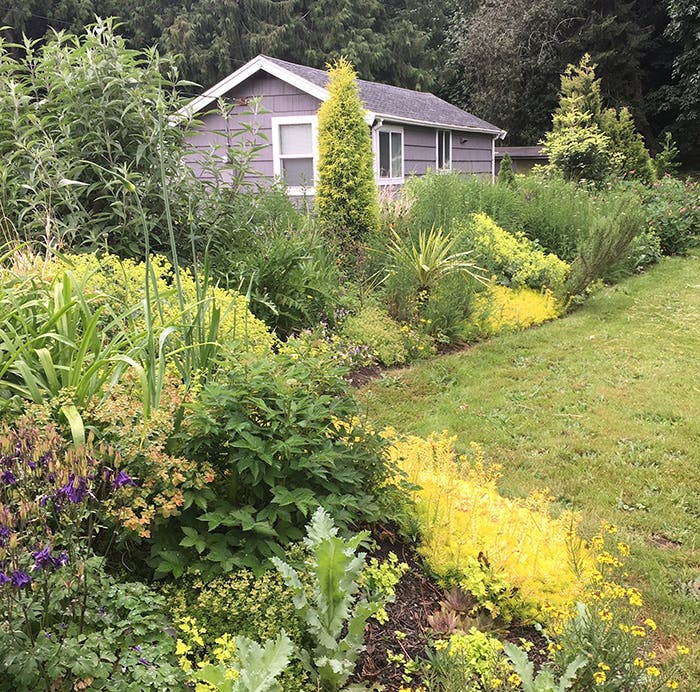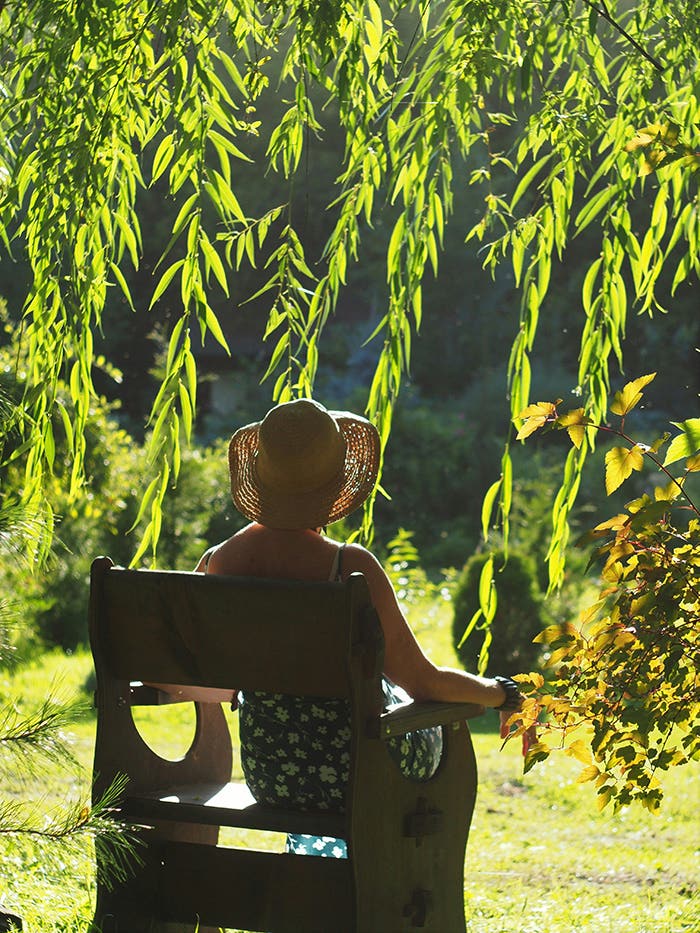Specific plants are often recommended for dry shade, because that is a very common challenge. But those dry-shade plants won’t help if you’re gardening in a dim, wet spot. Read on for plants that tolerate both poor drainage and scarce sunlight.
When you have a challenging condition in your garden it helps to match those conditions up to a nearby natural area and investigate the plants that inhabit it. “Wet shade” can be akin to a swamp, riverbank, lakeshore or other naturally damp site. You might check with the local chapter of your state’s native plant society to learn what plants thrive in such areas near you. Wildflower.org, the website of the Lady Bird Johnson Wildflower Center, can also be very helpful because its plant listings are quite specific. They say not just the state(s) to which a species is native, but also just what kind of natural landscape it typically occurs in.
That said, here are a few plants generally successful in wet to damp shade:
For shrubs, try summersweet (Clethra alnifolia; USDA Zones 3–9), shrubby dogwoods (Cornus spp.; generally Zones 3–8), Virginia sweetspire (Itea virginica; Zones 6–9), elderberries (Sambucus canadensis, Zones 4–9; S. nigra, Zones 6–8; S. racemosa, Zones 3–7), chokeberry (Aronia arbutifolia; Zones 5–9), allspice (Calycanthus spp.; Zones 5–9) and shadblow (Amelanchier canadensis; Zones 3–7).
Perennials that like damp shade include beebalm (Monarda didyma; Zones 4–10), cardinal flower (Lobelia cardinalis; Zones 2–8), many ferns, astilbe (Astilbe spp.; generally Zones 4–8), piqsqueak (Bergenia cordifolia; Zones 3–8) and many sedges (Carex spp.; generally Zones 6–9).
Image credit: Melissa McMasters/CC BY 2.0


